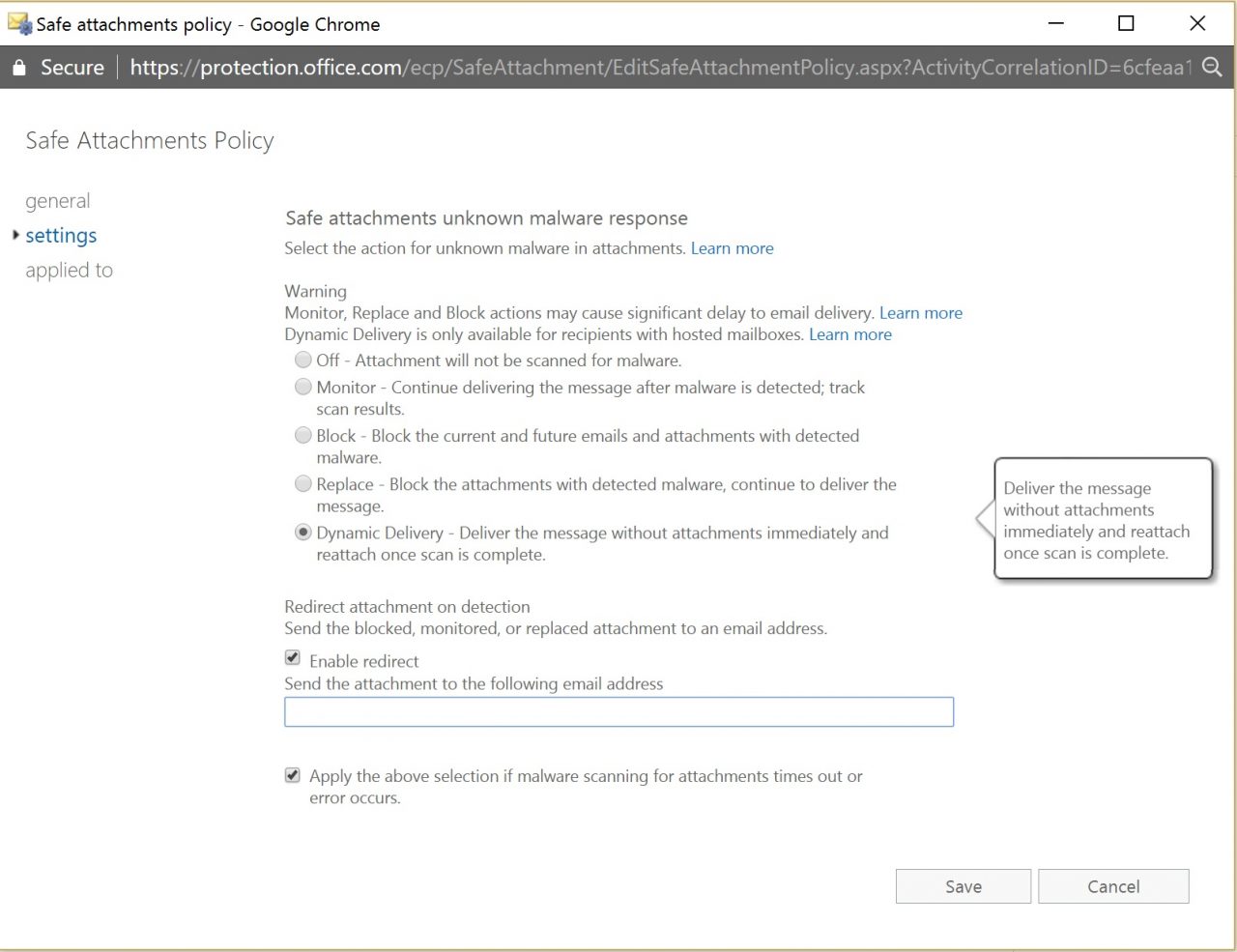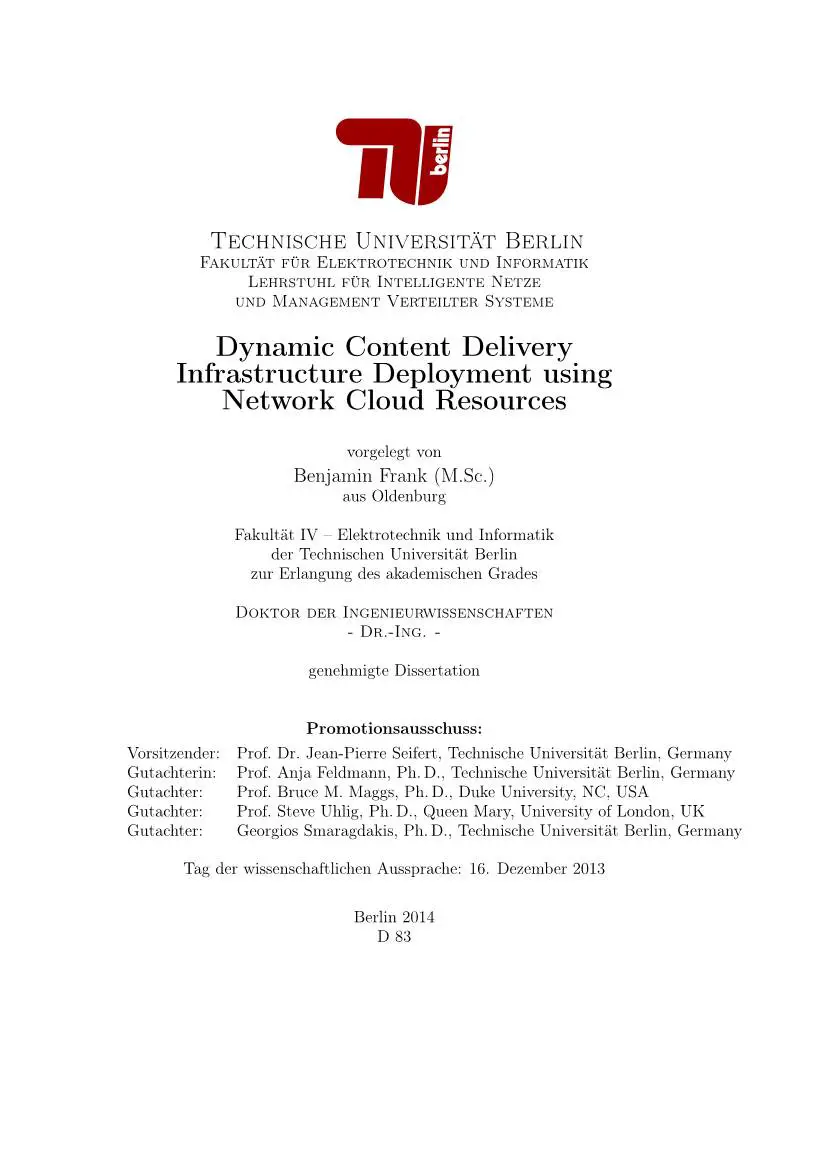Dynamic Data Delivery Dilemmas: Efficiently Updating User Interfaces

In the realm of interactive web applications, the seamless delivery of dynamic data to user interfaces is paramount for maintaining user engagement and satisfaction. However, this continuous data flow can pose significant challenges, particularly in the efficient update of UI components. This article delves into the complexities of dynamic data delivery, exploring the dilemmas faced by developers and presenting practical strategies for优化UI updates.

The Challenges of Dynamic Data Delivery

The primary challenge in dynamic data delivery lies in managing the frequent updates and efficiently communicating them to the UI. Each data change often requires UI components to be updated, triggering a series of operations, including DOM manipulation, event handling, and rendering. This can result in performance bottlenecks, especially when dealing with large datasets or complex UIs.
Moreover, the asynchronous nature of data retrieval in web applications adds another layer of complexity. Data may arrive at different times, requiring developers to implement logic for handling out-of-order updates. They must also ensure that the UI remains responsive while data is being fetched and processed.
Strategies for Efficient UI Updates
To address these challenges, developers have adopted various strategies for optimizing UI updates. One common approach is to use a virtual DOM, which represents an in-memory representation of the UI. When data changes, the virtual DOM is efficiently updated, and only the minimal set of UI changes required are applied to the actual DOM. This approach minimizes DOM manipulation and improves rendering performance.
Another technique involves the use of data binding frameworks. These frameworks establish a connection between data models and UI elements, automatically updating the UI when the underlying data changes. This simplifies the development process and reduces the boilerplate code associated with manual UI updates.
Best Practices for Dynamic Data Delivery
In addition to these strategies, several best practices can further enhance dynamic data delivery efficiency:
- Incremental Updates: Update only the affected parts of the UI instead of redrawing the entire interface.
- Batching Updates: Combine multiple UI updates into a single batch to minimize DOM manipulation and improve performance.
- Virtualization: Use virtualization techniques to display large datasets without rendering all items at once.
- Lazy Loading: Load data only when needed, such as when a user scrolls to a specific section of the page.
- Efficient Data Fetching: Use caching and pagination to optimize data retrieval and reduce server load.
Conclusion
Dynamic data delivery is an essential aspect of modern web applications, but it poses several challenges in efficiently updating user interfaces. By leveraging virtual DOMs, data binding frameworks, and implementing best practices, developers can optimize UI updates, enhance application performance, and deliver seamless user experiences. By addressing these dilemmas effectively, developers can create dynamic and responsive web applications that meet user expectations and drive engagement.
